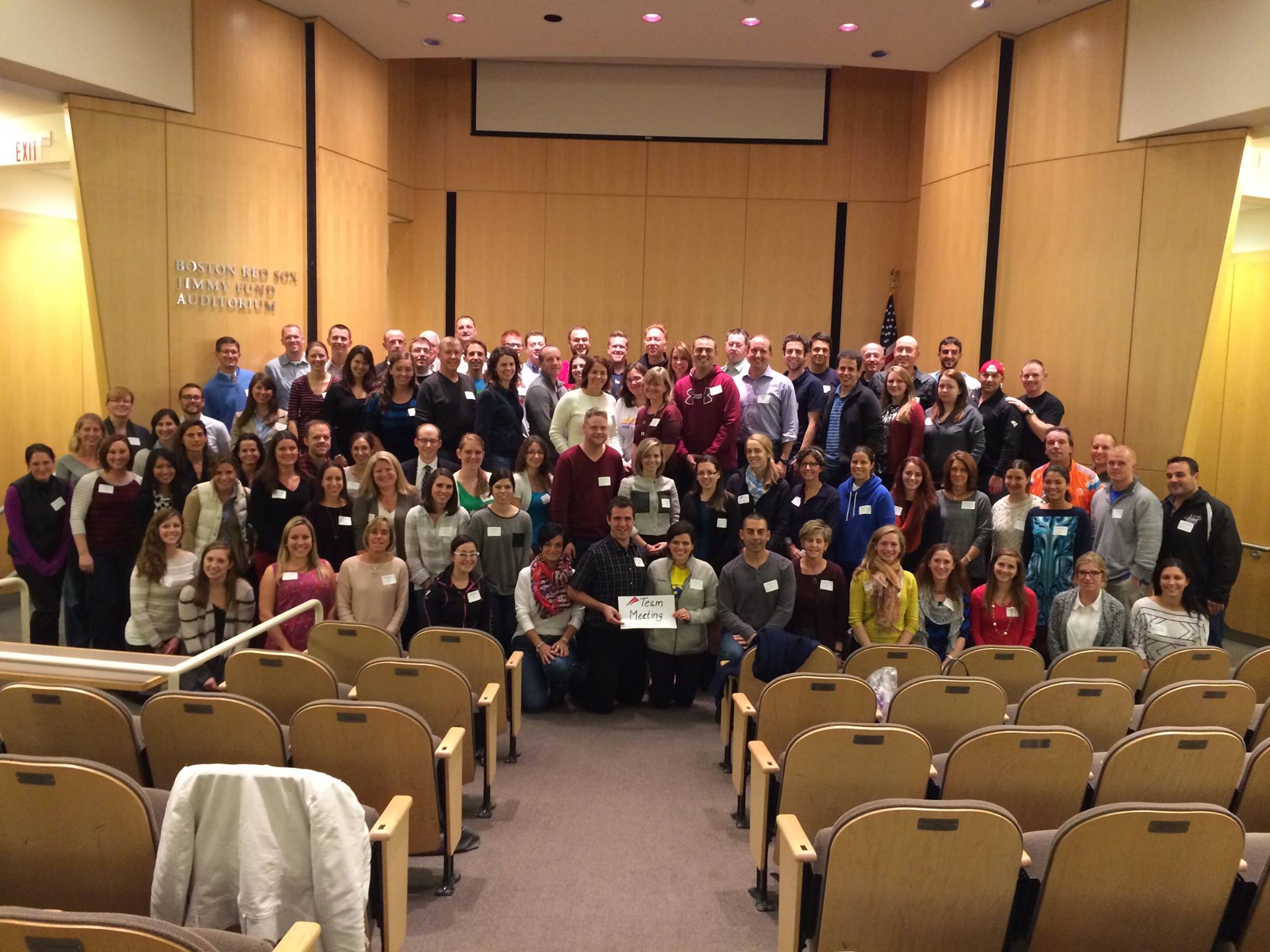Today is Motivation Monday. I did the motion trainer for a half an hour and then did the seated elliptical machine for a half an hour. Today’s question is related to the upcoming holiday of Thanksgiving. What foods help fight breast cancer? You should add these foods to your Thanksgiving meal this Thursday.
Thanksgiving is a holiday focused on the food, sharing the table with family, friends and the bounty of the this year’s harvests.
For many Thanksgiving can be a challenge to eat healthy, while still having a good time with your family and friends. If you wish to avoid the typical food comas, stretchy waist pants and the stick a fork in me feeling try preparing or eating some of these foods that are beneficial to your body.
5 Breast Cancer Fighting Foods for Your Thanksgiving Table
1. Turkey
Turkey is an excellent source of lean protein. For every 4oz verging there are 32 grams of protein. In addition your body has to work harder to digest the protein so it will burn a few more calories along the way. If you are worried about cholesterol levels then turkey is your bird. Turkey has less saturated fat than other more fatty meats making it an ideal addition to your dinner plate. Turkey also has selenium which boosts thyroid and immune function as well as supporting several antioxidant functions.
Some of the best attributes about turkey are flavor and satiety. Turkey is a richly flavored food, with a good aroma and, if cooked properly, a deliciously soft texture. It is also a food that will make you feel fuller longer, promoting a satisfied feeling and fewer calories.
Beware the natural or seasoned broth that many turkey processors put int he bird. I have seen turkeys with up to 12% seasoned broth (salt brine). When possible buy organic and preservative or sodium free, this will cut down on the sodium and promote less inflammation in your body.
2. Brussel Sprouts
Brussels sprouts are part of the cruciferous family and they contain many phytochemicals that protect against cancer. Brussels sprouts are an excellent source of dietary fiber, up to 25% DV per serving.
Brussels sprouts also are a good source of the beta-carotene antioxidant We suggest oven roasting brussels sprouts with a little extra virgin olive oil, salt and pepper as a great way to maximize their nutritional benefits since beta-carotene is fat-soluble. By cooking brussels sprouts in a small amount of extra virgin olive oil you will increase its absorption in the small intestine.
Brussel Sprouts are also excellent sources for vitamin C, vitamin K and magnesium
3. Garlic
Garlic contains Allicin, a phytochemical that is released when garlic is chopped or crushed. Allicin is considered to be an anti-fungal and anti-bacterial defense mechanism for garlic. Some of these benefits are passed to us as Allicin bonds with free radicals, ruinous molecules that can cause cellular damage. Free radicals seem to be connected to several diseases including cancer.
Garlic may present anti-cancer effects by inhibiting free radical production and by acting as a catalyst for the activation of enzymes that weaken and neutralize carcinogens. Garlic seems to induce apoptosis in certain cancer cells. Apoptosis is our body’s normal way of ridding unneeded or abnormal cells. Once a cell begins apoptosis it cannot be undone and the cell will die. Since many cancer cells have mechanisms that prevent apoptosis from initiating garlic may be a an added weapon in the right circumstances.
4. Cranberries
Cranberries are a superfood. With a surprisingly low calorie 25 calories per 1/2 cup raw serving I am thinking that a fresh cranberry sauce with herbs, oranges and some nuts might just be the healthiest thing on the table.
Cranberries contain relatively high levels of Vitamin C which traps free radicals and inhibits the formation of carcinogens.
Cranberries are also an easy source of dietary fiber. Dietary fiber helps transport sugars where they can be digested and metabolized with the least damage to the body. Dietary fiber also promotes colorectal health.
Cranberries ave been shown to contain powerful antioxidants. In some studies, cranberries have been linked to a decrease in damage to DNA which might lead to cancer. Cranberries also decrease growth and stimulate mouth, breast, colon, prostate, lung and other cancer cells to self-destruct.
5. Sweet Potatoes
Sweet potatoes have a relatively low glycemic load compared to other white and yellow potatoes. This low glycemic load helps to minimize blood sugar levels and avoid unnecessary insulin resistance or build up.
Sweet potatoes are also another great source of beta-carotenes. A drizzle of extra virgin olive oil as you mash them up with salt, pepper and a little parmesan cheese would be a great way to maximize the beta-carotene
As you can see there are many foods that will allow you to get the most out of your Thanksgiving. So go forth, enjoy the feast and play some football.

